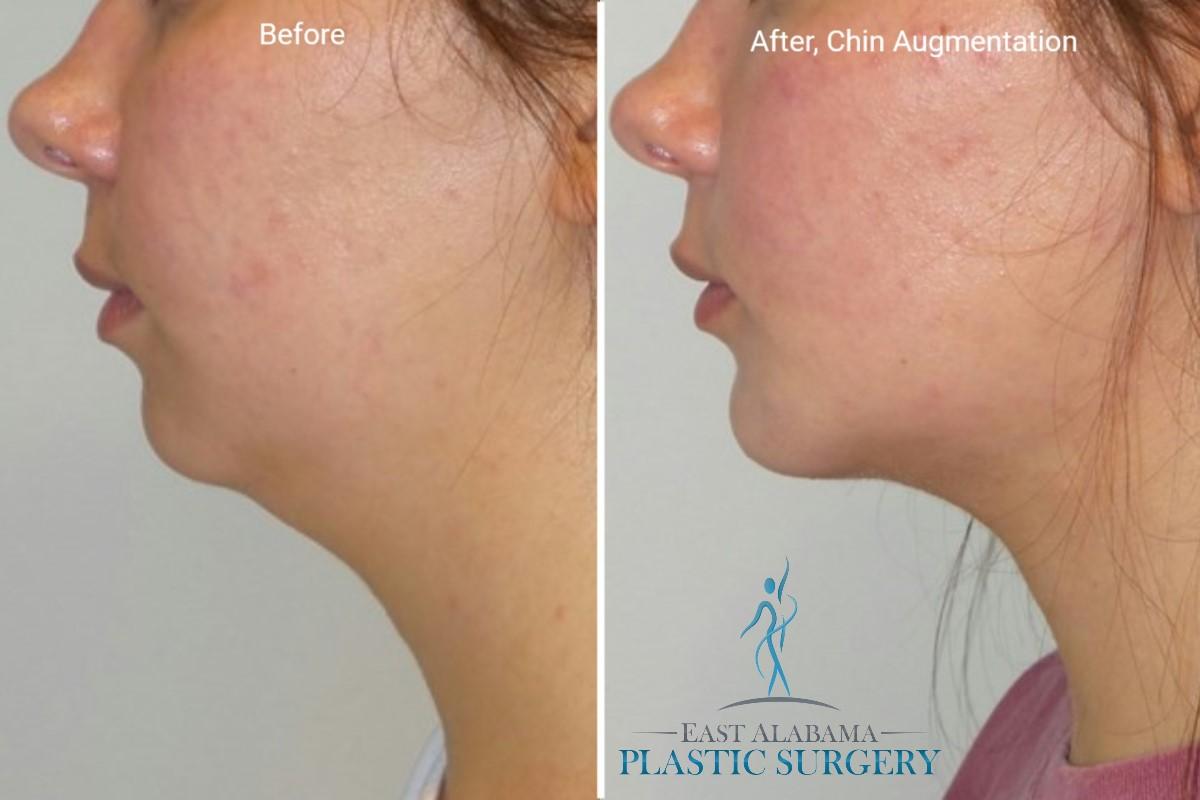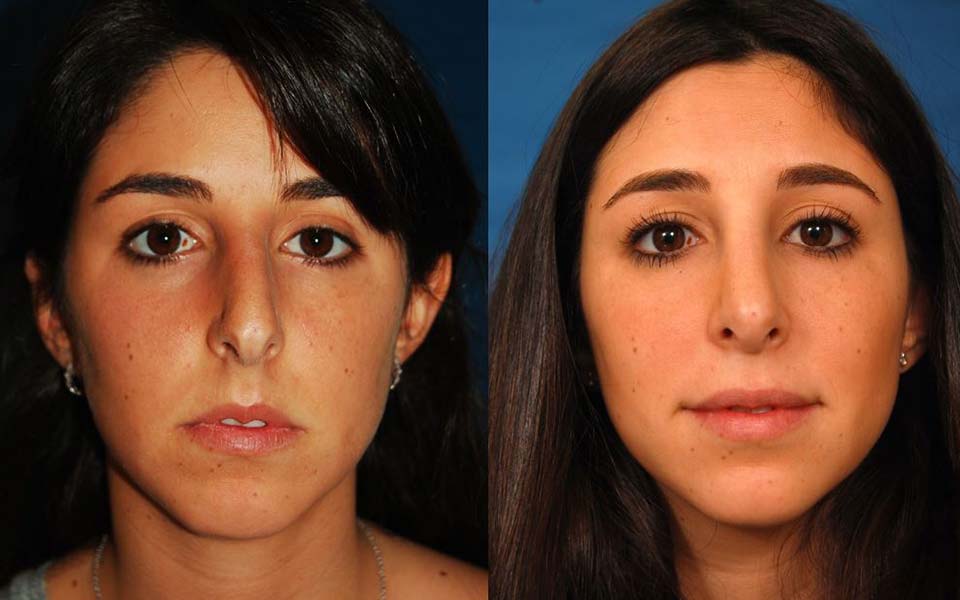
Although cholesterol deposits are not harmful to the eyes, they can cause discomfort. They can also grow in size. They are non-toxic and do not require to be removed. The majority of patients with cholesterol deposits around the eyes also have dyslipidemia. This means that there is too much lipid in the blood. Find out how you can help yourself and learn more about this condition. If you suspect that your eyelids are clogged with cholesterol, here are some steps you can take.
Dyslipidemia can lead to xanthelasma
Dyslipidemia, a condition in which the blood contains too many fatty substances (lipids), is a common cause of xanthelasma in the eye. Dyslipidemia means high blood levels (good or bad cholesterol) and HDL (good cholesterol). People with xanthelasma often have high blood cholesterol. They could also be susceptible to inflammation and other problems that can come with high cholesterol.

Xanthelasma, also known as Xanthelasma eyes, is a condition that causes abnormal fat deposits to form in the eyelids. It can be caused by primary or secondary hyperlipemia and in diabetics. The appearance of yellowish plaques at the inner eyelids is the most common sign. Although it is uncommon in young adults, it can still affect anyone. If you suspect you have xanthelasma inside your eye, it's best that you consult a physician.
Lipoprotein deposits in eyes
There are many ways that lipoprotein deposits can form in the eyes. These lipids accumulate on the cornea, causing NV, opacification, decreases in vision acuity, and NV. They are also formed when the underlying structure of cells is damaged or cannot function properly. These conditions are often slow-moving and can be caused by multiple factors. There are two main types LK. The first is spontaneous and the second is caused by other conditions. Both cases of lipid deposition are secondary to the underlying disease. Third, lipid buildup can be due to previous ocular injuries and diseases.
Ocular lipid deposition occurs most often in corneal arcus. This is caused when phospholipids or cholesterol are deposited into the peripheral cornea. It is considered a normal part of aging. However, it could also indicate hyperlipidemia. You should have it checked out by a physician to rule out a serious eye condition.
Lipoprotein deposits can lead to atherosclerosis
The blood vessels become narrower and more difficult due to the accumulation of cholesterol. These vessels are flexible and malleable and hardening can be detrimental to one's health. People with dyslipidemia, a condition where there is too much cholesterol in the bloodstream, are more likely to have eyes that are clogged up. Eye deposits that develop before 40 years of age should be checked by a doctor.

Atherosclerosis is caused by the inflammatory response to fatty deposits in your eyes. Inactivity can cause lipid accumulation in the bloodstream. This condition can lead a person to develop xanthelasma. A condition that affects the area around the eyes and can cause atherosclerosis. There are many causes for xanthelasma. The most common is genetic. Genetic conditions that increase the amount of lipids in the bloodstream can cause this condition. Generally, cholesterol is obtained from meat and dairy products. Cholesterol helps the body build cell membranes and make hormones. It also aids in the digestion process of fats.